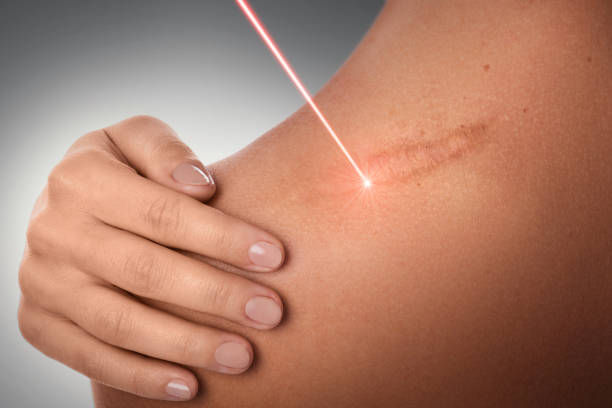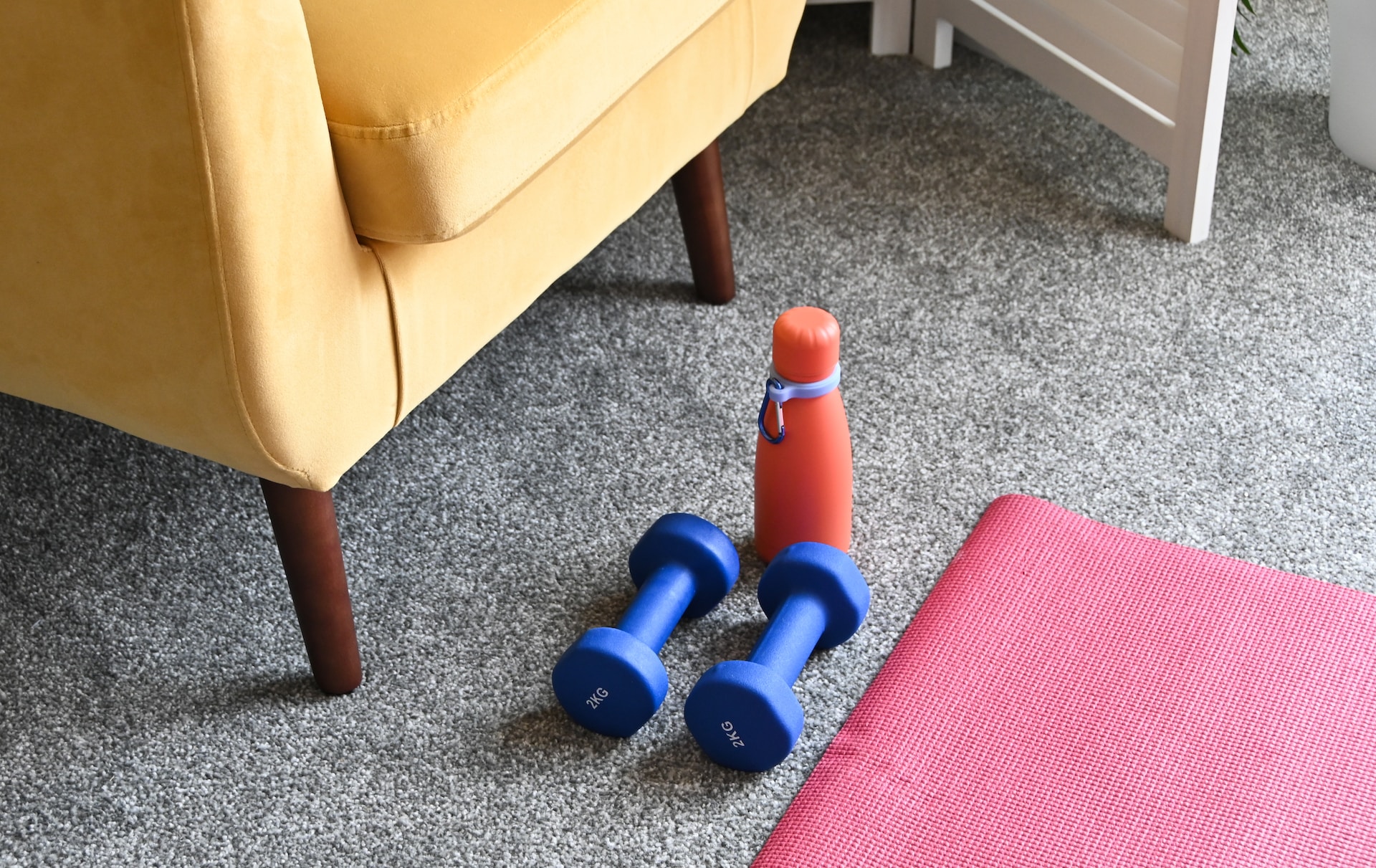Do you think that only invasive plastic surgery can repair your facial scar? Most surgeons make plastic surgery a patient’s last option, instead of pushing it as a first one. Dr. Joel Aronowitz recommends three other options to ask your dermatologist or local, board-certified plastic surgeon about as alternatives.
Talk to your doctor about dermabrasion, chemical peels, and laser resurfacing to see if one of them will work for you. The professional, medical treatment versions of these options differ from those found in stores. Let’s consider how they differ.
Dermabrasion
You’ve probably seen microdermabrasion kits in drugstores and department stores. Those mini kits don’t have the same power as the full-sized, full-powered medical versions, explains Healthline. Dermabrasion devices use a wire brush or exfoliating wheel to remove the top layer of your facial skin.
Removing this skin can result in temporary swelling and redness. It’s important to wear sunscreen whenever outdoors after this treatment to prevent darkening of the skin and uneven skin tones. Your doctor will monitor you to prevent infection. The resulting treatment can result in up to a 50% reduction in a scar.
Laser Resurfacing
Another way to remove the top layer of skin, resurfacing with a laser, provides a quicker healing time of less than 10 days. Your doctor can decide which of its two types—carbon dioxide or erbium resurfacing—would work better for you. It works best for individuals with light to medium skin tones. If you still have acne breakouts, this isn’t the right option for you.
Like other options, a risk of infection exists. It can cause changes in skin pigmentation. Your doctor will explain aftercare that can help minimize the chance of developing these issues.
Chemical Peels
Although many spas offer these along with facials, if you need scar treatment, only use a board-certified dermatologist for a chemical peel. Your doctor will confer with you to determine which type of chemical peel would work best for you:
• Superficial peel
• Medium glycolic acid peel
• Phenol deep peel.
Phenol peels work best to reduce scars, but they require the most intensive aftercare.
Healing post-peel can take up to three weeks. In the case of phenol peels, the doctor bandages your face. You will have to change your bandages a few times each day. The doctor may prescribe antiviral medications or antibiotics. This option won’t work well on those with darker skin, eczema, psoriasis, or rosacea. If you’re pregnant or nursing a child, wait to have this done.
Scar Revision Surgery
Dr. Joel Aronowitz performs scar revision surgery and uses injections to reform scars. Some scars require revision through a Z-plasty or W-plasty. Each option reshapes the scarred skin so it provides more movement when healed. Skin grafts from another area of the body can provide healthy skin to cover the wound area, a common need in treating serious burns, according to Cleveland Clinic.
Find the Right Treatment for You
There’s no one-size-fits-all solution to scar revision. Speak with your doctor to explore your options and make an informed, safe choice.




